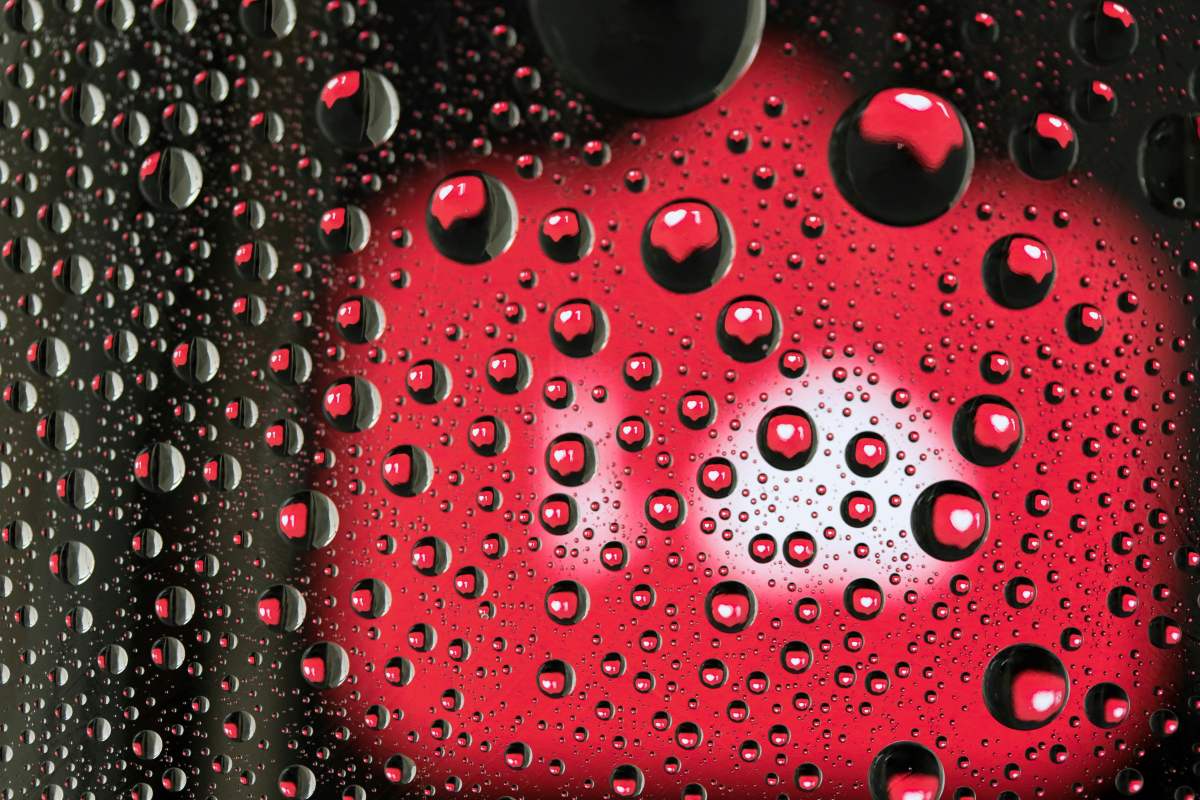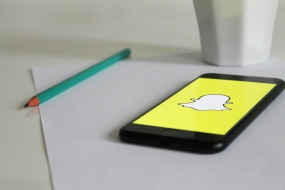Influencer marketing has become an essential strategy for brands worldwide, helping them reach targeted audiences, drive engagement, and generate sales.
Many companies have launched successful influencer campaigns that not only achieved their objectives but also set new industry benchmarks. By studying these campaigns, brands can learn valuable lessons on how to craft impactful, authentic, and results-driven influencer strategies.
Here are 10 global influencer marketing case studies that showcase how brands have harnessed the power of influencers to create remarkable success stories.
1. Daniel Wellington: The Power of Micro-Influencers
Campaign Overview: Swedish watch brand Daniel Wellington became one of the most successful examples of micro-influencer marketing. They partnered with thousands of micro-influencers worldwide, giving them free watches in exchange for posts tagged with DanielWellington.
Results: This strategy helped the brand achieve massive social media visibility and establish itself as a global player in the fashion accessory market. By targeting smaller influencers, they ensured authentic content that resonated with niche audiences.
Key Takeaway: Micro-influencers can generate high engagement and brand credibility, especially when working with a large network of individuals in different markets.
2. Glossier: Building a Community of Brand Ambassadors
Campaign Overview: Skincare and beauty brand Glossier has built its business around community-driven influencer marketing. Rather than working with celebrities, they’ve cultivated a network of real users and micro-influencers, encouraging them to share their experiences and stories with the brand’s products.
Results: Glossier’s community-focused approach resulted in massive organic growth, making the brand a leader in the beauty space. Their reliance on authentic, user-generated content has led to high levels of engagement and customer loyalty.
Key Takeaway: Building a community of loyal micro-influencers can help foster genuine relationships with consumers and promote long-term brand growth.
3. Adidas and Ninja: Leveraging Gaming Influencers
Campaign Overview: Adidas partnered with Tyler "Ninja" Blevins, one of the world’s most popular gaming influencers, to launch the limited-edition “Time In” sneaker. Ninja promoted the sneaker through his gaming streams and social media, targeting both sneakerheads and gaming enthusiasts.
Results: The campaign successfully blended sneaker culture with gaming, driving buzz and generating significant media coverage. The sneaker sold out quickly, demonstrating the power of niche influencers in creating crossover appeal.
Key Takeaway: Partnering with influencers in niche industries, like gaming, can help brands reach untapped audiences and drive interest in unique product categories.
4. Fenty Beauty: Inclusive Influencer Strategy
Campaign Overview: When Fenty Beauty, Rihanna’s makeup line, launched in 2017, it made waves for its 40-shade foundation range. The brand worked with a diverse group of beauty influencers from different ethnicities and skin tones to promote the brand’s inclusive message.
Results: The campaign went viral, generating millions of views on social media and quickly selling out its products. Fenty Beauty became a cultural phenomenon and set a new standard for diversity and inclusivity in beauty marketing.
Key Takeaway: Influencers that reflect your brand’s values and cater to diverse audiences can amplify your message and build strong connections with consumers.
5. H&M and Giambattista Valli: Fashion Collaborations with Mega-Influencers
Campaign Overview: H&M collaborated with Italian fashion designer Giambattista Valli to launch an exclusive collection. They worked with mega-influencers, including Kendall Jenner, to promote the line at events, on Instagram, and through behind-the-scenes content.
Results: The campaign generated significant buzz across fashion and social media, leading to high demand and rapid sellouts in stores and online. The collaboration was praised for combining luxury fashion with accessible pricing.
Key Takeaway: Working with mega-influencers can create high visibility and excitement around exclusive product launches, especially in industries like fashion.
6. Coca-Cola: ThisOnesFor Campaign with Music Influencers
Campaign Overview: Coca-Cola launched the ThisOnesFor campaign to celebrate everyday moments and connections, partnering with influencers and musicians like Jason Derulo to share the message across various platforms.
Results: The campaign successfully connected with young, global audiences, driving engagement through music, live performances, and social media storytelling. It became a key part of Coca-Cola’s broader brand repositioning.
Key Takeaway: Influencer campaigns that leverage culture, music, or entertainment can deeply resonate with younger audiences and reinforce brand values.
7. Airbnb: WeAccept Campaign Promoting Diversity
Campaign Overview: Airbnb's WeAccept campaign featured influencers from diverse backgrounds, promoting inclusivity and the brand's message of belonging. The campaign encouraged influencers to share their personal stories about acceptance and diversity while staying at Airbnb properties.
Results: The campaign generated widespread support and positive PR, aligning Airbnb with values of diversity and inclusivity. It helped build trust with a global audience, particularly in the context of socially conscious marketing.
Key Takeaway: Partnering with influencers who align with your brand’s social values can create authentic campaigns that strengthen consumer trust and loyalty.
8. Gymshark: Fitness Influencers Driving Brand Growth
Campaign Overview: Gymshark, a UK-based fitness apparel brand, skyrocketed to success by collaborating with fitness influencers across YouTube, Instagram, and TikTok. Influencers shared workout routines, lifestyle content, and their love for Gymshark’s gear.
Results: Gymshark built a global fitness community, turning influencers into brand ambassadors and driving exponential growth in both brand visibility and sales. The strategy helped the brand become a leader in the competitive fitness apparel market.
Key Takeaway: Long-term partnerships with influencers who are passionate about your brand can drive sustained engagement and community growth.
9. GoPro: User-Generated Content and Adventure Influencers
Campaign Overview: GoPro’s influencer strategy revolves around user-generated content, where adventure enthusiasts and influencers share their extreme sports experiences using GoPro cameras. They encourage followers to share their content with GoPro, showcasing the brand’s capabilities.
Results: This approach resulted in thousands of hours of user-generated content, creating a library of engaging, authentic material that continuously drives brand awareness and sales. GoPro has maintained its position as the go-to camera for adventure and action sports.
Key Takeaway: Encouraging user-generated content from influencers can help create a steady stream of authentic content and maintain brand visibility over the long term.
10. Calvin Klein: MyCalvins Campaign with Celebrity Influencers
Campaign Overview: Calvin Klein’s MyCalvins campaign became iconic by working with top-tier celebrities like Justin Bieber, Kendall Jenner, and Hailey Baldwin. These influencers shared intimate, stylish photos featuring Calvin Klein underwear, often sparking viral conversations online.
Results: The campaign helped revive Calvin Klein’s brand relevance among younger audiences, driving huge sales increases and extensive social media engagement. It also expanded the brand’s appeal globally.
Key Takeaway: High-profile influencer campaigns can reignite brand interest and attract a new generation of consumers, especially in fashion and lifestyle markets.
Conclusion
These 10 global influencer marketing case studies demonstrate the power of influencers in shaping brand narratives, building trust, and driving sales. From micro-influencers fostering niche community engagement to mega-influencers creating viral buzz, brands can leverage influencer marketing in a variety of ways to meet their business goals. By learning from these successful campaigns, companies can develop tailored influencer strategies that resonate with their target audiences and maximize results.









